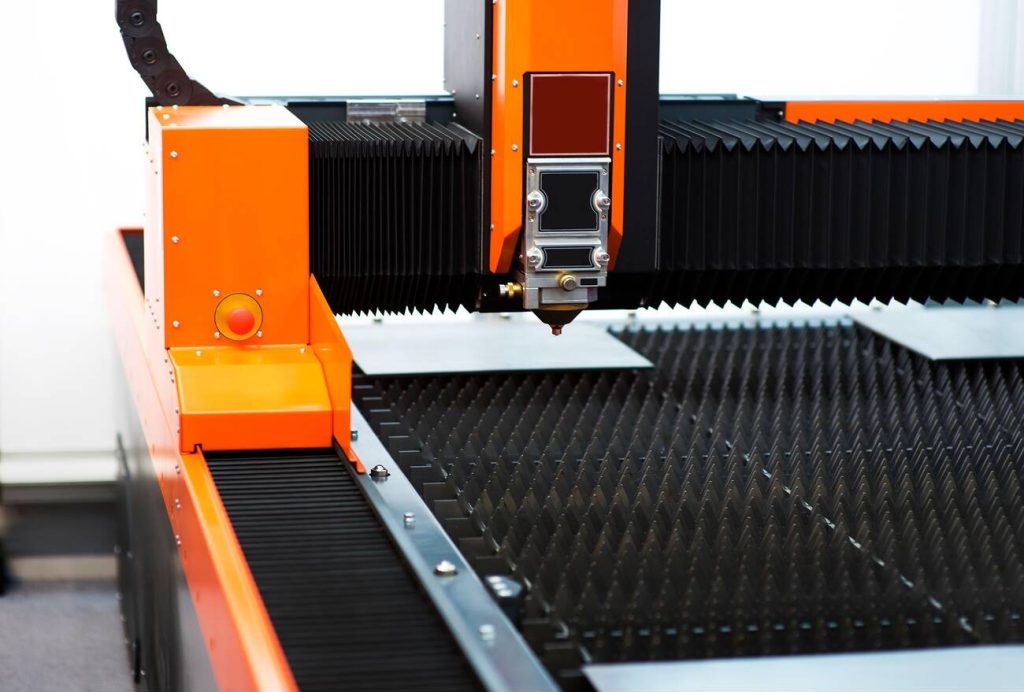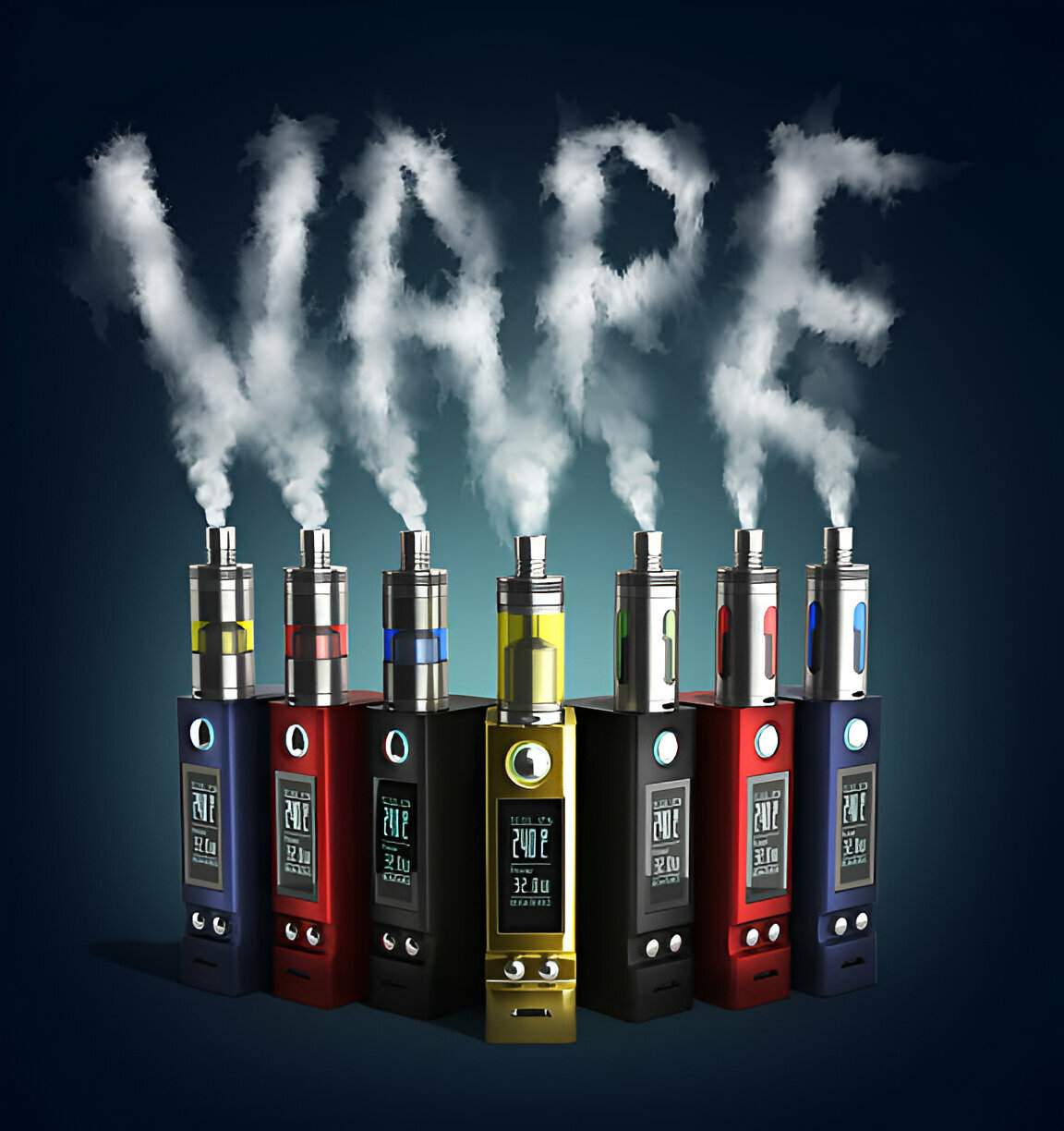Imagine you’re in a workshop, faced with two powerful tools – 3D printing and injection molding. Each has its own unique strengths, but which one should you choose? In this comparative analysis, we’ll dive into the world of these manufacturing methods to help you make an informed decision. From design considerations to cost considerations, from materials used to applications, we’ll explore it all. So grab your toolbox and let’s uncover the wonders of 3D printing and injection molding together.
Process Differences and Design Considerations
3D printing is a tool-free process, while injection molding requires tooling to form the final product. The process differences between 3D printing and injection molding are significant. 3D printing is an additive manufacturing process that builds parts layer by layer using raw material and a computer-controlled print head. On the other hand, injection molding is a traditional manufacturing method that uses a reciprocating screw or ram to force molten plastic into a metal mold, where it cools and solidifies. These differences have implications for design considerations in each process. Additive manufacturing allows for more complex geometries and internal cavities in 3D printed parts, while injection molding is generally restricted to simple, thin-walled parts. Designers must consider these constraints when designing for each manufacturing process: 3D printing vs injection molding.
Materials Used
Both processes can utilize various types of thermoplastic polymers, but the specific material properties and processing conditions may vary. In 3D printing, thermoplastic polymers such as ABS, PLA, PETG, and TPU are commonly used as feedstock for the fused deposition modeling (FDM) process. However, 3D printing can also utilize other materials like photopolymerizable liquid resin for stereolithography (SLA) or metal powders for direct metal laser sintering (DMLS). On the other hand, injection molding is widely used in manufacturing and can use a variety of plastic materials including thermoplastics, thermosets, and elastomers. Injection molding also has the advantage of being able to process high-temperature materials. When comparing 3D printing to injection molding or even CNC machining, it is important to consider the unique material requirements and limitations of each process.
Cost Considerations
When considering cost, you should take into account factors such as material usage, machine time, and post-processing requirements. In the comparison between 3D printing and additive manufacturing processes like CNC machining, there are several cost considerations to keep in mind. Firstly, 3D printing typically requires less material usage compared to CNC machining, as it builds parts layer by layer rather than cutting away from a solid block of material. Secondly, machine time can vary depending on the complexity of the design and the size of the part being produced. Lastly, post-processing requirements such as sanding or polishing may be necessary for both 3D printing and additive manufacturing processes. It’s important to consider these factors when choosing between different 3D printing vendors or even using a 3D printing vending machine for your production needs.
Applications
Applications for 3D printing and plastic injection molding vary across industries and include rapid prototyping, small batch production, mass production, customization, packaging, automotive components, medical devices, consumer goods, and more. Both processes have their unique advantages and are used in different scenarios.
| Applications of 3D Printing | Applications of Injection Molding |
|---|---|
| Rapid prototyping | Mass production |
| Small batch production | Packaging |
| Customization | Automotive components |
| Medical devices | Consumer goods |
3D printing is commonly used for rapid prototyping and small batch production due to its ability to create complex designs quickly. It is also ideal for customization as it allows for design changes with less cost and time. On the other hand, injection molding is preferred for mass production due to its repeatability and smoother surface finishes. It is widely used in industries such as packaging, automotive components, and consumer goods.
Keywords: 3d printing applications
Machinery and Manufacturing Environment
If you are considering implementing 3D printing or plastic injection molding, it is important to understand the differences in machinery and manufacturing environments. Here are some key points to consider:
- Machinery:
- 3D printing machines come in various sizes, ranging from industrial-grade printers used in factory settings to compact desktop printers suitable for non-industrial environments.
- Plastic injection molding machines are large and require trained operatives to operate them efficiently.
- Manufacturing Environment:
- 3D printing can be done in-house with purchased equipment or outsourced to specialized vendors.
- Injection molding production is often outsourced to manufacturers due to the need for tooling and larger machines.
- Expansion Options:
- For 3D printing, you can start small with a desktop printer and expand as needed by investing in larger-scale industrial printers.
- With injection molding, expansion usually involves purchasing additional molds and scaling up production volume.
- Additional Considerations:
- Some innovative vending machine systems now offer on-demand 3D printing services.
- Time-lapse videos of the 3D printing process can provide helpful insights into print times and final product quality.
Understanding these differences will help you make an informed decision about which manufacturing method suits your needs best.
Ownership Vs Outsourcing
Outsourcing production to manufacturers is a common practice for companies considering plastic injection molding. However, when it comes to 3D printing, the decision of ownership versus outsourcing becomes more nuanced.
With 3D printing, you have the option of purchasing your own machine and taking control of the production process in-house. This allows for greater flexibility and faster turnaround times, as you can create prototypes or small batch productions on demand. Additionally, owning a 3D printer gives you the freedom to experiment with different materials and designs.
On the other hand, if you don’t have the resources or expertise to manage 3D printing in-house, outsourcing can be a viable option. There are numerous 3D printing vendors available who can handle all aspects of the manufacturing process for you. This includes everything from design optimization to post-processing and finishing.
Ultimately, whether you choose ownership or outsourcing depends on factors such as your budget, production volume, and level of control required over the manufacturing process. Consider weighing the pros and cons of each approach before making a decision that best suits your company’s needs.
Post-processing
Post-processing is an important step in both 3D printing and plastic injection molding to achieve the desired surface finish and remove any support structures. In 3D printing, post-processing techniques such as sanding and polishing can be used to smooth the surface of the printed object. Additionally, vapor smoothing can be employed to further enhance the surface finish by applying a solvent that melts and fuses the outer layers of the print. Another method commonly used in 3D printing post-processing is vinyl wrapping, where a thin layer of vinyl is applied to give the object a sleek and glossy appearance. Furthermore, if you want to showcase your 3D prints, creating a video time-lapse during post-processing can capture the entire print process from start to finish, allowing you to share your creations with others.
Definition and Comparison of 3D Printing and Injection Molding
3D printing and injection molding are two different manufacturing processes with unique advantages and disadvantages. When it comes to the definition and comparison of these processes, 3D printing creates objects by adding layers of thermoplastic materials on a build surface. It is suitable for rapid prototyping and has a shorter lead time compared to plastic injection molding. On the other hand, plastic injection molding works by filling a mold with melted thermoplastic material and is preferred for mass production of parts.
In terms of advantages, 3D printing produces parts with higher tolerance than plastic injection molding. It is also faster in producing parts and allows for the creation of complex designs. Additionally, 3D printing is cost-effective for small-scale production.
However, there are also disadvantages to consider. Plastic injection molding is better suited for high-volume production compared to 3D printing. It can produce larger volumes of parts and has smoother surface finishes. Plastic injection molding is also suitable for creating functional parts and offers a wide range of available materials.
Overall, understanding the differences between these manufacturing processes can help you make informed decisions when choosing the most appropriate method for your specific needs.
Advantages of 3D Printing Compared to Injection Molding
When considering the advantages of 3D printing compared to injection molding, you’ll find that it allows for more design flexibility and faster production times. Here are four reasons why:
- Design Freedom: With 3D printing, you have the freedom to create complex and intricate designs that would be difficult or impossible with injection molding. The layer-by-layer process allows for the creation of custom shapes, internal cavities, and intricate details.
- Rapid Prototyping: 3D printing is ideal for rapid prototyping because it allows for quick iterations and design changes. You can easily make adjustments to your design without incurring significant costs or delays.
- Shorter Lead Times: The additive nature of 3D printing enables faster production times compared to injection molding. This means that you can get your parts or products faster, reducing overall time-to-market.
- Cost-Effective for Small-Scale Production: If you have a small batch or low-volume production requirement, 3D printing can be a cost-effective option. It eliminates the need for expensive molds or tooling, making it a viable choice for small-scale manufacturing.
Advantages of Injection Molding Compared to 3D Printing
If you’re looking for a manufacturing method that excels in producing large volumes of parts with smoother surface finishes, injection molding offers distinct advantages. Not only does it allow for repeatability and the production of functional parts, but it can also achieve tighter tolerances and produce parts with smoother surface finishes compared to 3D printing. Injection molding is especially suitable for creating intricate and complex designs that may be challenging for 3D printers. Additionally, injection molding has a wider range of available materials, allowing for greater versatility in material selection. With its ability to produce larger volumes of parts at a faster rate, injection molding is the preferred choice for high-volume production needs.
| Advantages of Injection Molding Compared to 3D Printing |
| — | — | — |
| Repeatability | Smoother Surface Finishes | Suitable for Functional Parts |
| Tighter Tolerances | Wide Range of Materials | High-Volume Production Capability |



